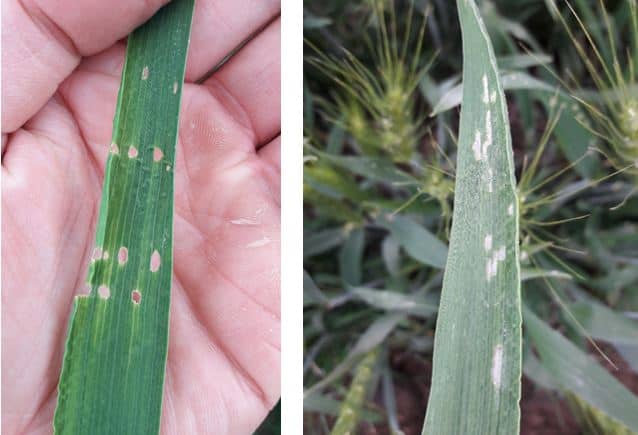


Adults of the first generation emerge in April and May and feed on nectar for 7 to 10 days before beginning to lay eggs. When feeding complete, larvae pupate just below the surface of the soil. Armyworms may move onto corn during this period. When warm spring temperatures return, armyworm feeding resumes. The moth has a wingspan of about 1-3/4 inches.Īrmyworms overwinter as partially grown larvae in grasses or small grain fields. The adult moth is tan with a tiny white spot in the center of the forewings. Eggs are small, greenish-white, globular, and laid in clusters of 25 or more on the leaves of grasses. The head is brown with dark honeycombed markings. The full-grown 1-1/2 inch armyworm has a greenish brown body with a thin stripe down the center and two orange stripes along each side. Cool, wet, spring weather usually favors armyworm development. In these systems, eggs may be laid on grasses within the field prior to planting and herbicides may force armyworms to feed on corn as the weeds or cover crop dies. In no-till or reduced tillage systems, infestation may cover the entire field. The name armyworm derives from its behavior of migrating in large numbers into fields similar to invading armies. In conventional tillage systems, partially- grown larvae can migrate into corn fields from grassy waterways or wheat fields, damage is usually first noticeable around the field margins adjacent to these areas. Infestations usually first develop in fields of small grains or in other grass cover crops.

The armyworm, or true armyworm, is a common early season pest that can cause occasional losses in corn and should be monitored for in the spring. University of Kentucky College of Agriculture ENTFACT-109: Armyworms in Corn | Download PDF by Ric Bessin, Extension Entomologist


 0 kommentar(er)
0 kommentar(er)
